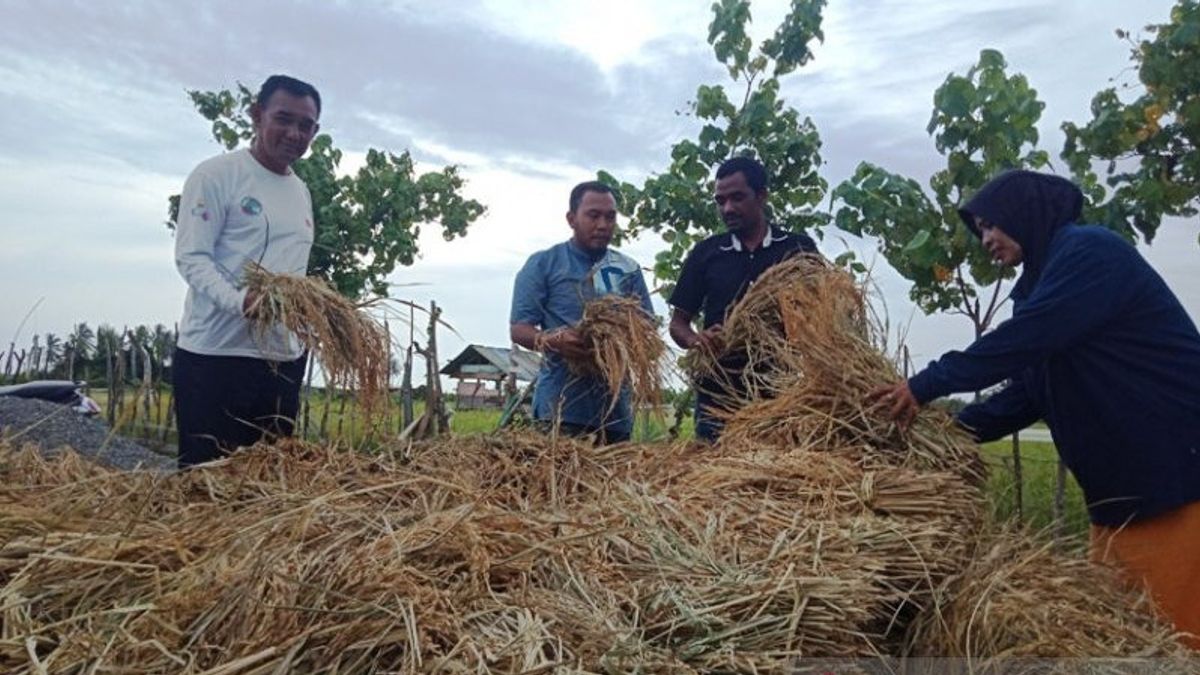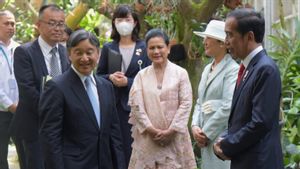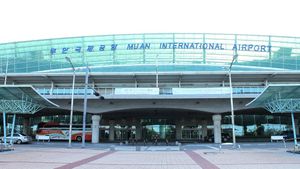JAKARTA Villages in Indonesia are recovering from the impact of the COVID-19 pandemic. The majority of village funds are no longer used for disaster management and urgent needs, but have been directed for development.
Referring to data presented by the Minister of Villages, Development of Disadvantaged Regions and Transmigration (Mendes PDTT) Abdul Halim Iskandar, the composition of using village funds for disaster management and urgent needs in the 2022 fiscal year can reach 43 percent.
Meanwhile, the expenditure for the implementation of village development is only 33 percent or around Rp. 23 trillion of the total village fund budget of Rp. 68 trillion.
However, this year, the composition of expenditures shifted. The focus is on development. Gus Halim said spending on development increased to 52.87 percent or around Rp. 35.9 trillion.
Likewise, the composition of expenditures for community development from only 4 percent in 2022 to 8.05 percent this year. Also, spending on community development from 3.17 percent to 5.35 percent.
Meanwhile, the composition for disaster management and urgent needs, such as direct cash and other assistance, is only 17 percent.
"This is because COVID has decreased and thank God it has now been declared endemic by the President," said Gus Halim during a media meeting in Kuningan, South Jakarta on June 22, 2023.
Village indications are experiencing recovery, as can be seen from the village revenue budget which has increased from IDR 117 trillion in 2022 to IDR 124 trillion this year.
As from local revenues from 2.61 percent to 2.65 percent, provincial financial assistance receipts from 2.67 percent to 2.82 percent, district/city financial assistance from 3.65 percent to 4.03 percent, revenues for retribution tax revenues from 3.13 percent to 3.62 percent, and other revenues plus more budget calculations (SILPA) from 0.43 percent to 2.74 percent.
"However, the largest source of revenue budget in 2023 remains from village funds of 55 percent or around Rp68 trillion and the allocation of village funds is 29 percent or around Rp37 trillion," said Gus Halim.
That is why, continued Gus Halim, the government continues to increase the budget for transfers to regions and village funds from year to year because this is very vital in an effort to increase the development reach to all villages.
Prior to village funds in 2014, the average income budget was only IDR 329 million per village. Then in 2015, after the village fund became IDR 701 million per village. Even this year, the average has reached IDR 1.6 billion per village.
"The increase in village funds ultimately helped increase the source of income for the allocation of village funds from only Rp. 10 trillion in 2014 to Rp. 37 trillion in 2023," said Gus Halim in his presentation.
However, not all villages have received approval as recipients of 2023 village funds. In accordance with Minister of Finance Regulation No. 201 of 2022, there are 7 villages that cannot receive village funds according to the recommendations of the Supreme Audit Agency (BPK).
The seven villages are Renokenongo Village and Kedungbendo Village in Sidoarjo Regency, East Java. The reason, said Gus Halim, is that these two villages no longer exist.
Third, Kanekes Village, Lebak Regency, Banten which is culturally unable to receive village funds.
The four villages of Jambu Alur Plantation, Aceh Tamiang Regency, Aceh. The entire village area is a plantation area.
Furthermore, Wonorejo Village, Balangan Regency, South Kalimantan; Batujaya Village, West Aceh Regency, Aceh; and Misabugoid Village, Manokwari Regency, West Papua.
"These three villages do not get recommendations from the BPK as recipients of village funds," he said.
Thus, a total of only 74,954 villages were recorded as recipients of 2023 village funds.
The distribution of village funds, continued Gus Halim, was carried out proportionally. The amount received is not necessarily the same between one village and another.
An example of villages on the island of Sumatra, a ceiling of at least IDR 522 million, a maximum of IDR 3.8 billion or an average of IDR 828 million per village. Then in Nusa Tenggara, a minimum of IDR 589 million and a maximum of IDR 2.6 billion or an average of IDR 938 million.
Likewise in villages on other islands. The average village fund ceiling in Java and Bali is IDR 1 billion per village. This is because there are many villagers and the number of poor people is also large," said Gus Halim.
Currently, the realization of the distribution of funds has reached 72,620 villages with a total budget of IDR 30.9 trillion from the total village fund ceiling of IDR 68 trillion. Meanwhile, special village funds for direct cash assistance have been distributed to 2.7 million beneficiary families in 71,984 villages with a total fund of IDR 3.8 trillion.
"The village funds can later be used to support the community's economic activities, such as the construction of village roads, the construction of bridges, village markets, supporting BUM Desa activities, mooring boats, making reservoirs, irrigation to retaining land," said Gus Halim.
Also, it can be used to improve the quality of life of the village community, such as the construction of sports facilities, the provision of clean water, toilets, Polenes, PAUD, and Posyandu.
If you look at the allocation, according to Gus Halim, all village governments and rural communities will increasingly understand the direction of village development policies. So they use village funds for things that are in line with sustainable development goals.
At least, there are four things that get priority, namely dynamic village institutions and adaptive village culture, village infrastructure and innovation according to needs, villages without poverty, and quality village education.
Minister of Finance Sri Mulyani in 2018, as reported by Prof.'s book 'Village Fund Management'. Dr. Sadu Wasistiono, once said there were four keys that made the village successfully manage village funds.
First, transparency and accountability in the use of village funds. Second, community participation commitment. Third, regarding village head leadership. Fourth, the priority scale so that village funds are successfully utilized for the needs of the village community.
Without these four things, village funds that are expected to further develop the village will actually become fields for village officials to cheat.
The corruption case that ensnared hundreds of village heads throughout Indonesia so far is clear evidence that the majority of village officials have not been able to carry out their functions effectively, efficiently, and sustainably. Both in planning, implementing development to strengthen administrative competencies, human resources, leadership, and budget management.
This condition must also be a concern. In fact, the success of development in rural areas is not only a problem of funds, but also human resources.
اقرأ أيضا:
The English, Chinese, Japanese, Arabic, and French versions are automatically generated by the AI. So there may still be inaccuracies in translating, please always see Indonesian as our main language. (system supported by DigitalSiber.id)














